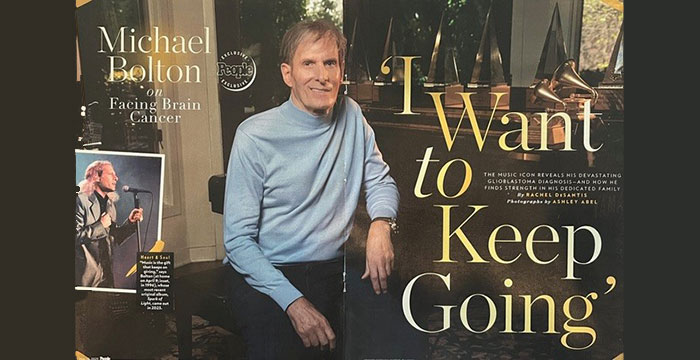While we were planning a funeral for her 22-year-old son, Scott, she put down her beer, took the cigarette from her lips, and said, “So, I remind you of the Virgin Mary?” A lighter moment amid grief. Scott died from a long and debilitating illness. He may have weighed 80 pounds in the end.
 I lived a few doors down from Scott and his family for four years. His sisters babysat my kids. I was Scott’s den leader in Cub Scouts. As disease ravaged his young body, Scott graduated from college in a wheelchair. I was so privileged to be a part of his care.
I lived a few doors down from Scott and his family for four years. His sisters babysat my kids. I was Scott’s den leader in Cub Scouts. As disease ravaged his young body, Scott graduated from college in a wheelchair. I was so privileged to be a part of his care.
In Scott’s last days, one of my fellow chaplains called me as he was preparing to leave town on vacation. He was aware I was an old friend of Scott and his family. He asked if I could check in on Scott and even do the funeral if he died. I was glad to do it.
On my second visit to see Scott in our hospice in-patient unit, I could tell he was taking his last breaths. His mom and sisters were at his side. He had been in such great pain that he was totally sedated. His breathing stopped. The tears flowed after months of anticipating this moment.
I summoned the nurse. She asked Scott’s mother, “Would you like to hold him?” Of course, she would. It had been months since she could even touch him because of the pain.
The nurse gathered the sheet around Scott’s body and placed him in his mother’s lap. She held him tenderly, stroking his face, and telling him of her love. I later told a friend of the scene and he said it reminded him of Michelangelo’s Pietà. It was indeed a very similar scene, a mother cradling the body of her broken son.
A few days later, I told Scott’s mother about my friend’s comment. That’s when, beer and cigarette in hand, she said, “So, I remind you of the Virgin Mary?”
This experience came to mind as I read a Washington Post story about the stunning rise in the use of cremation. Now, 57% of our dead are cremated compared to 27% just two decades ago. Along with the traditional casket burials, Americans are having less to do with the dead. Many have no rituals at all surrounding the death of one they love.

Undertaker Author Thomas Lynch
Many want to avoid the greater expense of a traditional funeral and burial. But, perhaps, many want to avoid being around the dead body or the emotional strain of the rituals. Thomas Lynch, a Michigan poet and funeral director of 50 years said in the Post article, “People want the body disappeared, pretty much. I think it reminds us of what we lost.” In the United States, Lynch notes, “this is the first generation of our species that tries to deal with death without dealing with the dead.”
I will say, there is another trend that runs counter to this criticism that we Americans are avoiding the dead. More and more people are dying at home which gives the family the opportunity to be with the departed. A century ago, almost everyone died at home. This can provide that ritual lost with the demise of the traditional funeral.
Rest in peace.
________________________________________
Chaplain Hank Dunn is the author of Hard Choices for Loving People: CPR, Feeding Tubes, Palliative Care, Comfort Measures and the Patient with a Serious Illness and Light in the Shadows. Together they have sold over 4 million copies. You can purchase his books at hankdunn.com or on Amazon.





